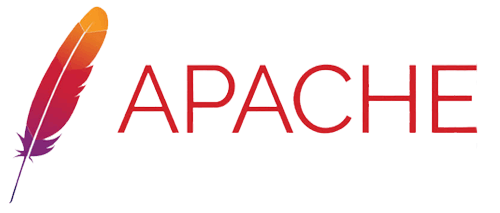Web Server Security Attacks Checklist
Can you imagine a world without Internet, without the different Websites? The answer is NO, right? Ever wondered how it works?
For hosting any website or proper functioning of the internet a Client-Server Model is implemented. Users requests for web pages by their computers? HTTP (Hypertext Transfer Protocol) client. Whereas a Web server is a program using HTTP, to serve the files that form Web pages to the users, in response to their requests, which are forwarded by their computers' HTTP clients.
In other words, web server is a system that delivers content or services to the end users over the internet. A web server consists of a physical server, server operating system (OS) and software used to facilitate HTTP communication. A web server is also known as an internet server.
Web Server Types & Security
There are mainly four types of web servers ? Apache, IIS, Nginx and LiteSpeed.
Apache Web Server:
Apache web server is one of the most popular web servers developed by the Apache Software Foundation. It is free and open-source cross-platform web server software, released under the terms of Apache License 2.0. Apache supports almost all operating systems such as Linux, Windows, Unix FreeBSD, Mac OS X and more. Approximately, 60% of the machines run on Apache Web Server.
You can easily customize an apache web server due to its modular structure. Since it?s an open source, your own modules can be added to the server when you want to make modifications to suit your requirements. It is highly stable as compared to other web servers and the administrative issues on it can be resolved easily. The Apache?s latest versions offer you the flexibility to handle more requests when compared to its earlier versions.

IIS Web Server

Internet Information Services is an extensible web server created by Microsoft for use with the Windows NT family. It supports all the platforms that run Windows operating system. Most commonly, IIS is used to host ASP.NET web applications and static websites. It can also be used as an FTP server, host WCF services, and be extended to host web applications built on other platforms such as PHP.
IIS is rich with features. It has built in authentication options, application pool and loads more. Since it is not open source, adding personal modules as well as modifying becomes a bit difficult (unlike Apache). But, you get good customer support, if there is any issue.
Nginx Web Server
Nginx is the next open source web server after Apache. It comprises of IMAP/POP3 proxy server. The significant features offered by Nginx are high performance, stability, simple configuration and low resource usage. No threads are used to handle the requests by Nginx, instead a highly scalable event-driven architecture that uses small and predictable amount of memory under load is utilized. It has become popular recently and hosts about 7.5% of all the domains globally. Many web hosting companies have started using this server.






